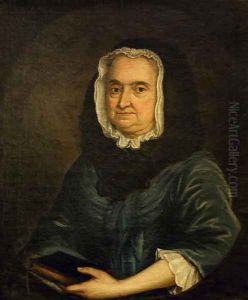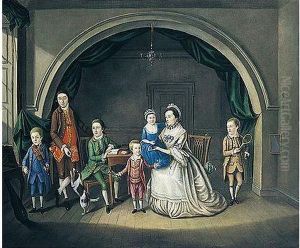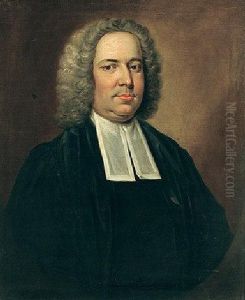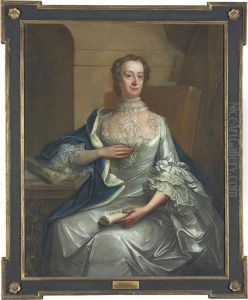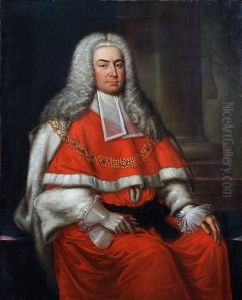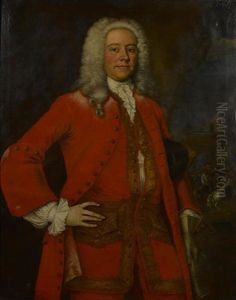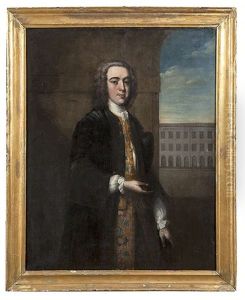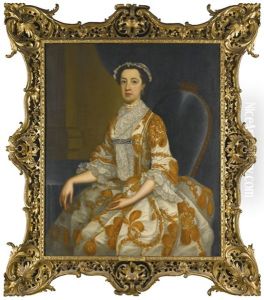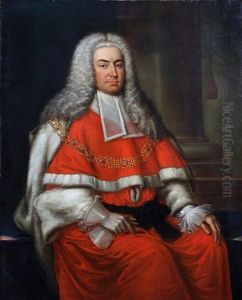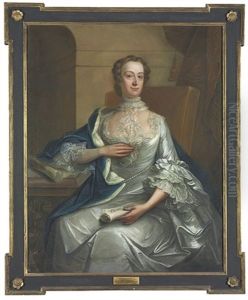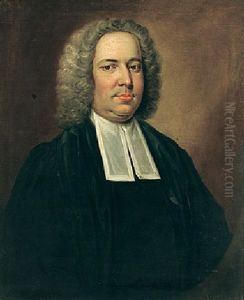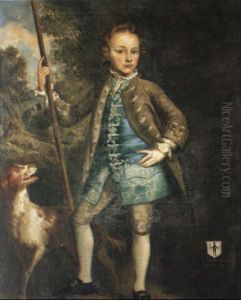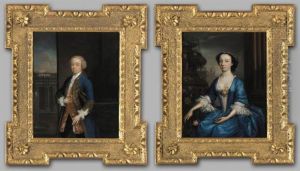Philip Hussey Paintings
Philip Hussey was an Irish portrait painter who was active during the 18th century. Born in 1713, Hussey's early life and training are not well-documented, but he is known to have been working in Dublin by the 1740s. He gained a reputation as a skilled portraitist and was sought after by the Irish gentry and aristocracy for his ability to capture the likeness and character of his subjects.
Hussey's style was typical of the period, with an emphasis on elegance and refinement. His portraits often featured sitters in fashionable attire, posed in a manner that reflected their social status. Hussey's work was influenced by the grand manner of portrait painting, which was characterized by idealized representations and classical poses, although his approach was often more straightforward and less idealized than some of his contemporaries.
Despite the fact that Hussey's name is less well-known today compared to other portrait painters of his time, such as Thomas Gainsborough or Joshua Reynolds, he enjoyed considerable success during his career. Hussey was a contemporary of other Irish artists like Francis Bindon and Jonathan Fisher, contributing to the vibrant artistic scene in Dublin during the mid-18th century.
Philip Hussey's death in 1783 marked the end of a long career. Unfortunately, his legacy has been somewhat overshadowed by the more famous British artists of his time, and as a result, less scholarly attention has been paid to his works. Nonetheless, Hussey's portraits remain an important part of Ireland's artistic heritage, providing insight into the fashion, culture, and individuals of 18th-century Irish society. His paintings can be found in various art collections, including those of the National Gallery of Ireland, where they continue to be studied and appreciated for their historical significance and artistic merit.
